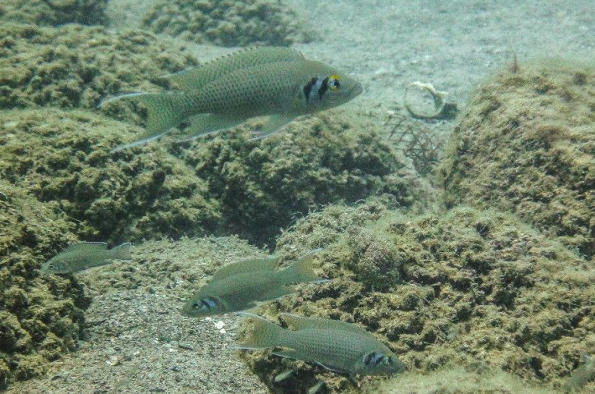
Conflict Management in Cooperatively Breeding Cichlid Fishes -
- Stefan Fischer
- Suitable for: Staff and students with an interest in Behaviour, Evolution, Ecology and Microbiology
- Admission: Free
Add this event to my calendar
Click on "Create a calendar file" and your browser will download a .ics file for this event.
Microsoft Outlook: Download the file, double-click it to open it in Outlook, then click on "Save & Close" to save it to your calendar. If that doesn't work go into Outlook, click on the File tab, then on Open & Export, then Open Calendar. Select your .ics file then click on "Save & Close".
Google Calendar: download the file, then go into your calendar. On the left where it says "Other calendars" click on the arrow icon and then click on Import calendar. Click on Browse and select the .ics file, then click on Import.
Apple Calendar: The file may open automatically with an option to save it to your calendar. If not, download the file, then you can either drag it to Calendar or import the file by going to File >Import > Import and choosing the .ics file.
In group living species, aggressive conflict with other group members is common. Aggression is costly, requiring time and energy while risking injury and increasing exposure to predation threat. Social species may have adaptations to attenuate conflicts with group members and minimize the costs of aggressive interactions. The highly social cichlid fish, Neolamprologus pulcher lives and breeds within a permanent group of 3-20 adults which collectively defend a small territory. Neolamprologus pulcher groups are organized into linear dominance hierarchies, which largely determine the outcome of aggressive interactions between group members. Body size is the primary basis of social rank. Despite this hierarchical social organization, aggressive interactions among group members are frequent. Subordinate individuals often respond to dominant aggression by producing a signal of submission. I argue that these submissive displays are a key adaptation to group living in this species and are vital for maintaining group stability. I will share my ongoing work on social living and the resolution of conflict within social groups in Neolamprologus pulcher. I will also discuss the importance of the nonapeptide neurohormone, isotocin (the teleost fish homologue of oxytocin), in modulating submissive behaviour and other social responses, and its potential role as a proximate substrate for group living.
